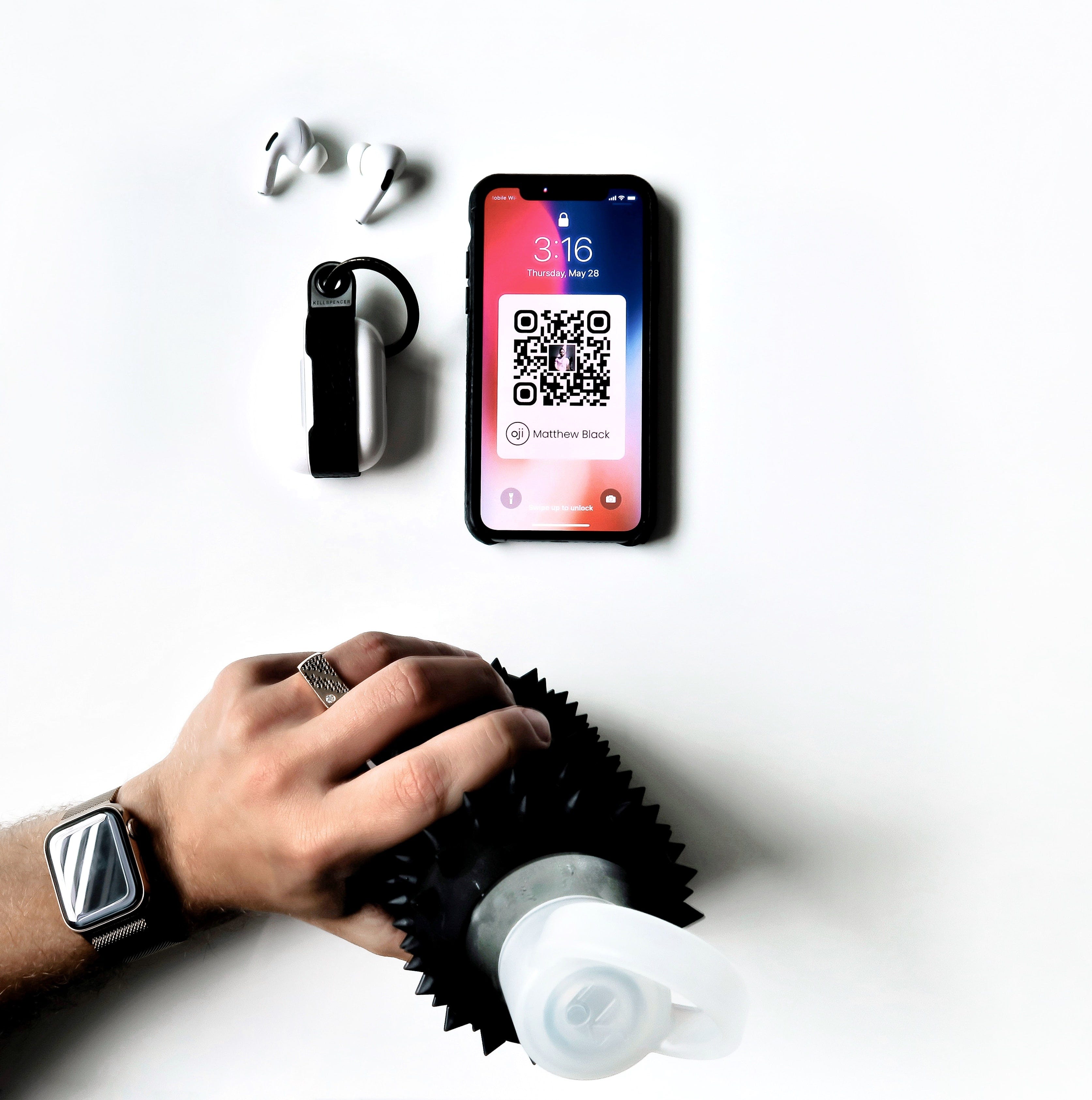QR code is quite popular today. We see them everywhere. Ever curious how QR code works and how we can create them?

Photo by Hillary Black on Unsplash
S
tanding for “Quick Response code”, QR code is a code that is quickly readable by a cell phone (taking only 1–2 seconds to be processed). It has a wide range of uses across all types of industries such as retail, marketing, and logistics. QR code is a type of matrix barcode (or two-dimensional barcode) first designed in 1994 for the automotive industry in Japan, that used four standardized encoding modes (numeric, alphanumeric, byte/binary, and kanji) to store data efficiently (extensions may also be used). When we look at it, we see black squares arranged in a square grid on a white background, which can be read by an imaging device such as a camera, and processed using Reed–Solomon error correction until the image can be appropriately interpreted. The required data is then extracted from patterns that are present in both horizontal and vertical components of the image.
While QR Codes and Barcodes are similar in practice, QR Codes contain more information because they have the ability to hold information both horizontally and vertically. Barcodes only use horizontal information. While Barcodes work wonderfully for situations like scanning supermarket items, QR Codes have a much higher capability of transferring information, likely what has made them increasingly popular due to their versatility.
So how do we create QR-code
An easy approach would be to go to a website or mobile application that has the functionality support users to create QR code. The sites or mobile application can be :
- The QR-code generator

The QR-code generator QR
- QR code generator Android App

#python #programming #qr-code #technology #data-science
